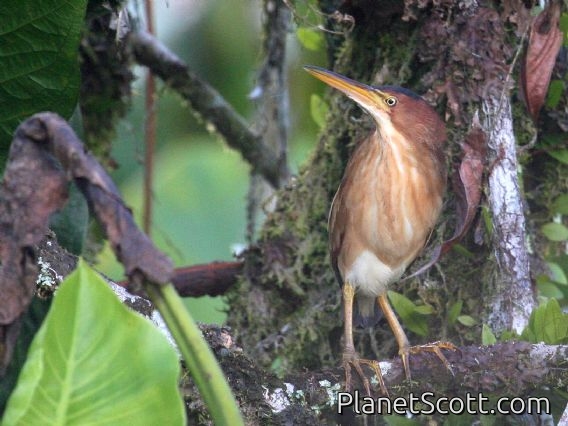Least Bittern (Botaurus exilis)

Least Bittern (Ixobrychus exilis)
×


Least Bittern (Ixobrychus exilis)
About Least Bittern (Botaurus exilis)
- Kingdom: Animals
- Phylum: Chordates
- Class: Birds
- Order: Pelicans
- Family: Herons
The least bittern is a small heron, the smallest member of the family Ardeidae found in the Americas. This species was formerly placed in the genus Ixobrychus.
Source: Wikipedia
Lifelists
Trips
Visits
-
2006-11-11
Sani Lodge, Ecuador

